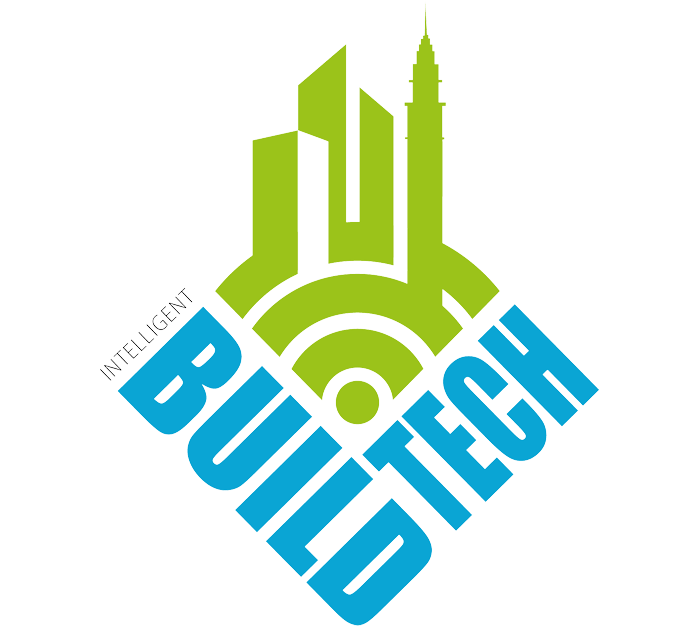
According to a report by the United Nations Environment Program some 40-50% of the total flow of raw materials in the global economy is used in the manufacturing of building products and components, adding significant amounts of energy and greenhouse gas emissions to the life cycle impact of buildings. In addition, scarcity concerns over mineral resources provide for an additional urgency to shift the focus on energy use in buildings, building materials manufacturing and the associated greenhouse gas emissions.
Much of the innovation and new technology developed globally in the construction industry has been centred on sustainability. This will continue in 2024. New construction materials lowering greenhouse gas emissions, 3D printing, pre-fabrication and modular approaches are among the emerging trends in the construction and construction materials industry and offer growth for those who are ready to adopt.
While there will not be a single gamechanger and the changes will be more evolutionary than disruptive, the following trends and impacts will become more pronounced and continue to dominate in 2024 and beyond:
- Reducing the greenhouse gas emissions connected with the production of building materials itself e.g. via using low-carbon fuels or carbon capture and storage.
- Development and market penetration of building materials, construction technologies and building designs that provide for the reduction of greenhouse gas emissions from the operation of buildings and other parts of the built environment.
- Reusing and recycling materials have long been key tenets of sustainability but have only been applied to a limited extent in the construction industry. This is changing at the moment and also is related to scarcity concerns over mineral resources mentioned above. Construction professionals are more and more requested to apply these green principles by opting to use salvaged materials in their projects.
- Development and market penetration of innovative, modular building materials that allow faster, industrialised, and more efficient construction.
- An open question remains to which extent agile, mid-size and small-size businesses in the construction industry or large multinational players will be able to drive change.”




